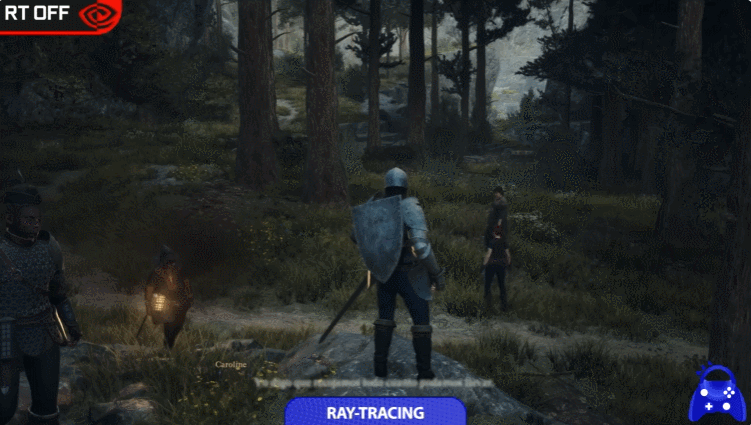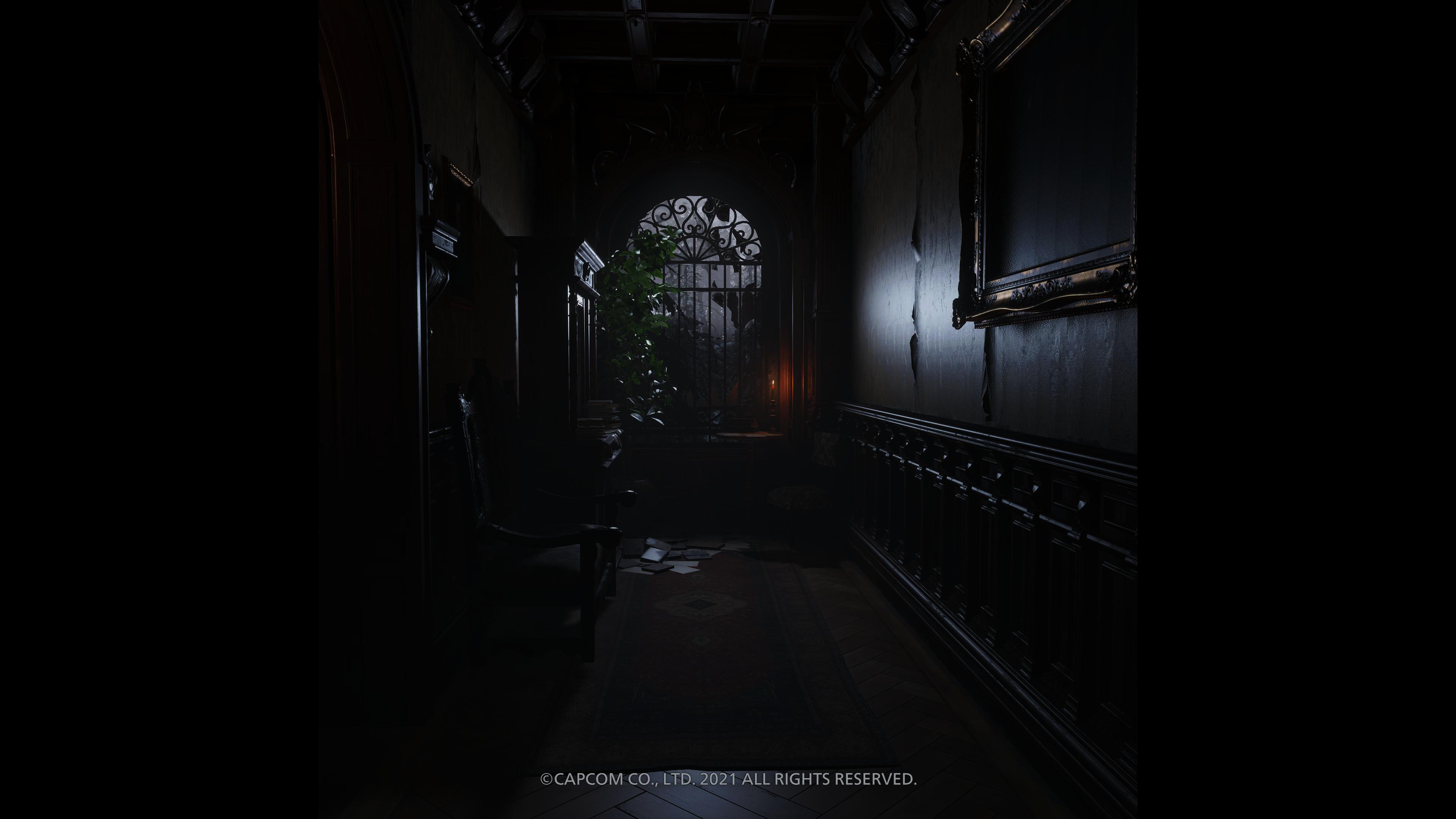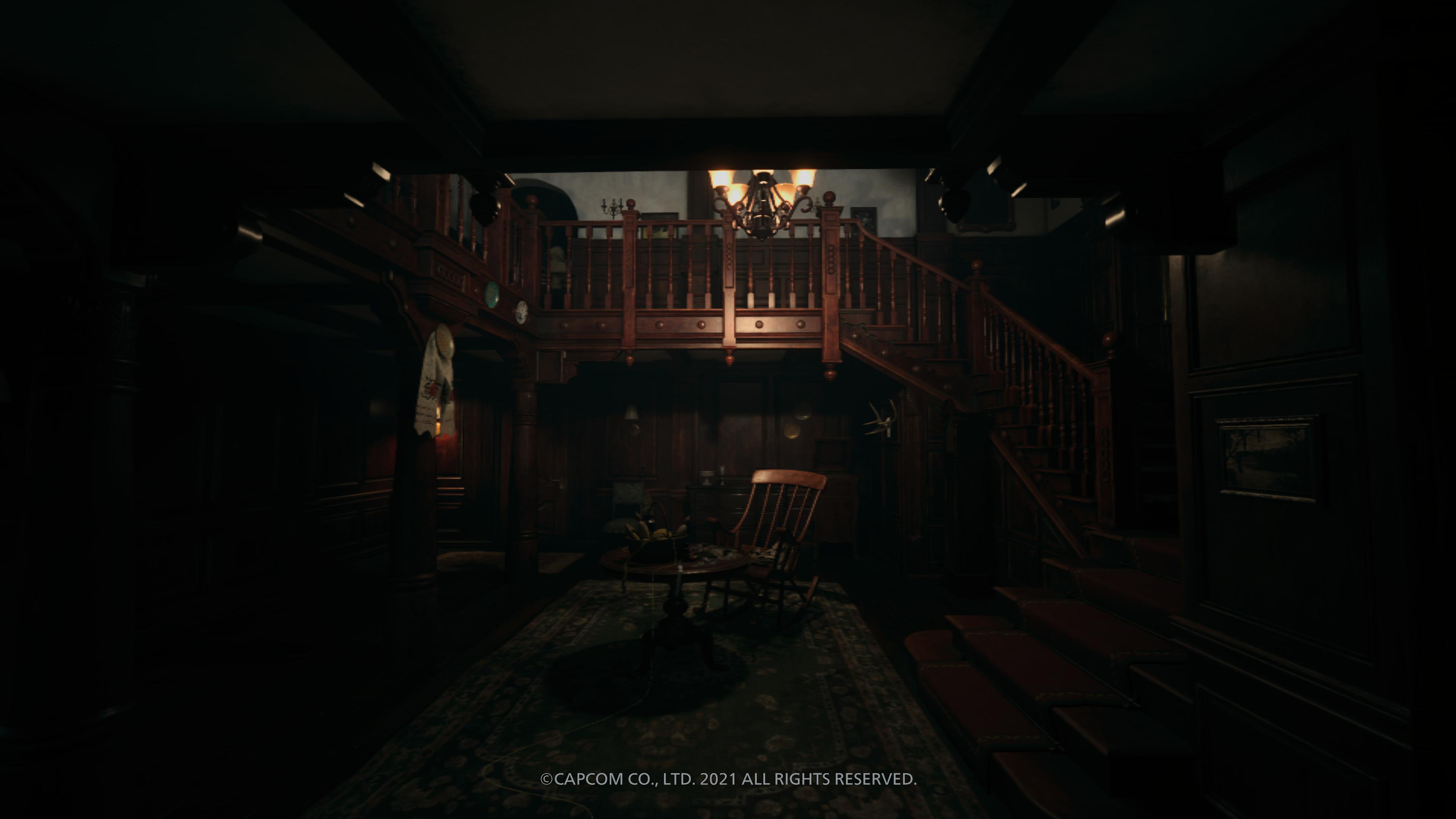Conversational ai would be super fucking big in some genres of games, but i was more talking about classic ia like in stealth\combat.
I don't even see conversational ia as actual ia, but just a way to make npcs unique and the end of pre-written answers and dialogues.
For me AI is more how enemies\npcs react in real time to the player stimulus more than what they say, that's why i don't really consoder tlou2 enemies calling dead names as actual ia, because it doesn't really change how the enemies move and think or how dumb they are, it's just a neat thing for immersion but has zero value when it comes to artificial behaviour, conversational ia is gonna be the same.
Unless they integrate conversational ai with actual behaviour change so you can hear enemy having a non-scripted discussion and the ia following through, something like:
Enemy 1: i think i heard something over there
Enemy 2: yo chickenshit, why don't you go check by yourself instead of telling me that
Enemy 1: come with me dude, i only have a pistol with me, you have a machine gun
Enemy 2: i bet 10 dollars that you are not brave enough to check by yourself
Enemy 1: are you ready to lose your money?
And then the enemy search for you with the other dude laughing or trolling him.
How fucking cool it would be if enemies had (better written) random dialogues like these and the ia acting accordingly, we are probably like 20 years away from something like this














